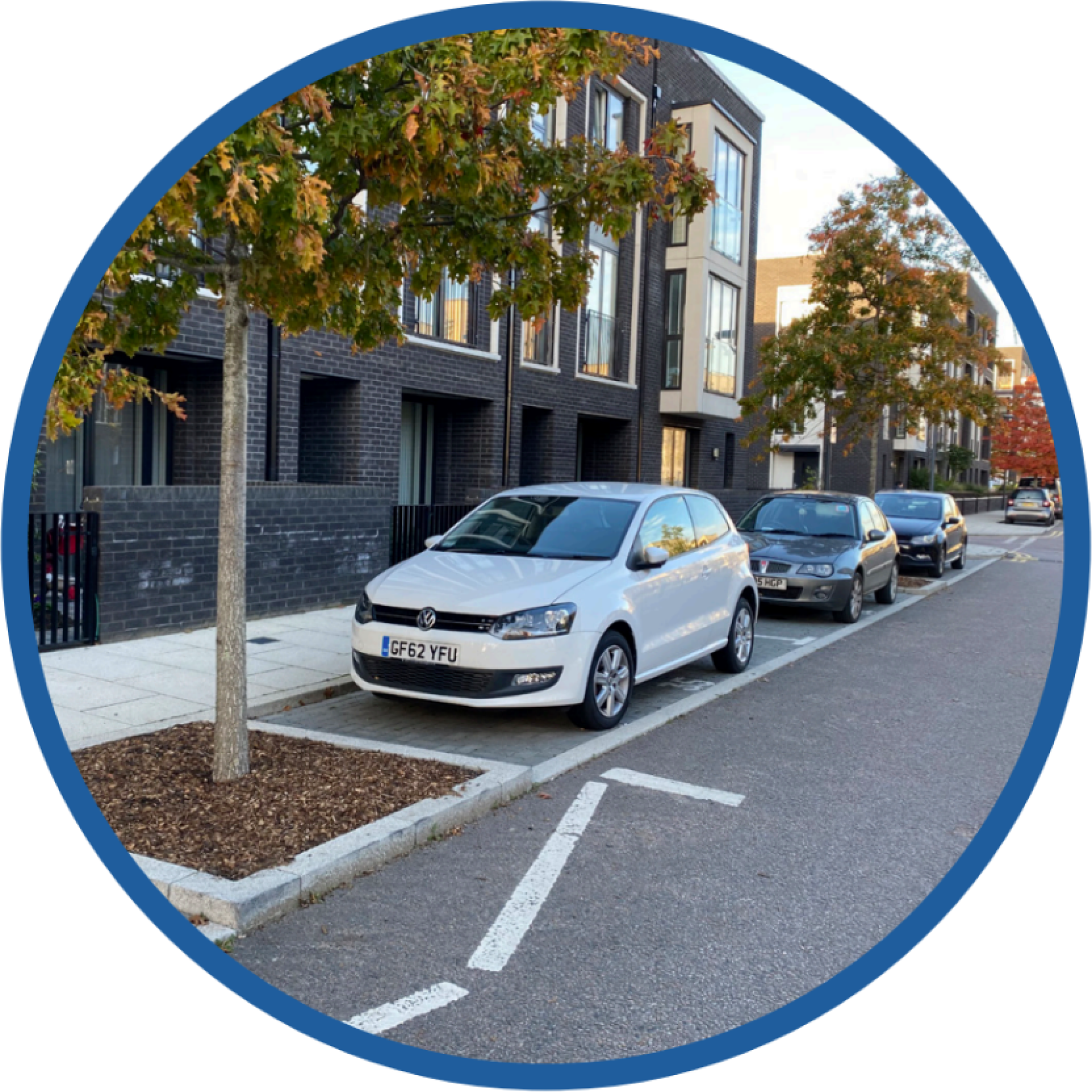Existing movement around the estate
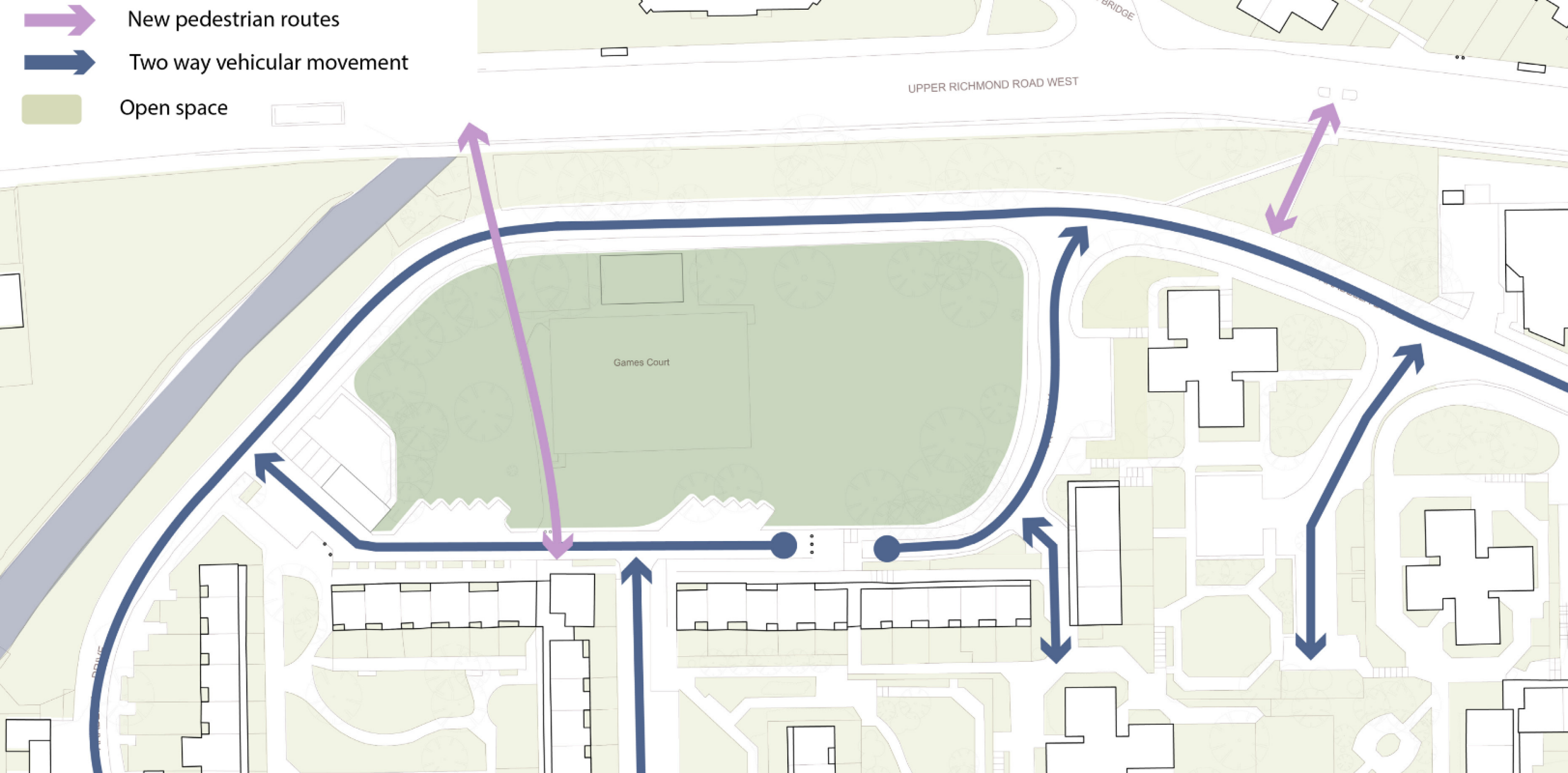
Existing movement around the estate
- Large parts of the estate are covered by roads and hard surfaces. These roads are not driven on a lot, but have a lot of cars parked on them.
- Pedestrians like the proximity to local facilities, services, and bus stops. However, the two pedestrian entrances from Upper Richmond Road could be nicer to use.
- Pedestrian routes across the estate are poorly signposted, and the change in levels can make it confusing even for residents.
- There are some spaces on the estate that feel unsafe, are poorly lit, and attract antisocial behaviour.
Emerging movement strategy
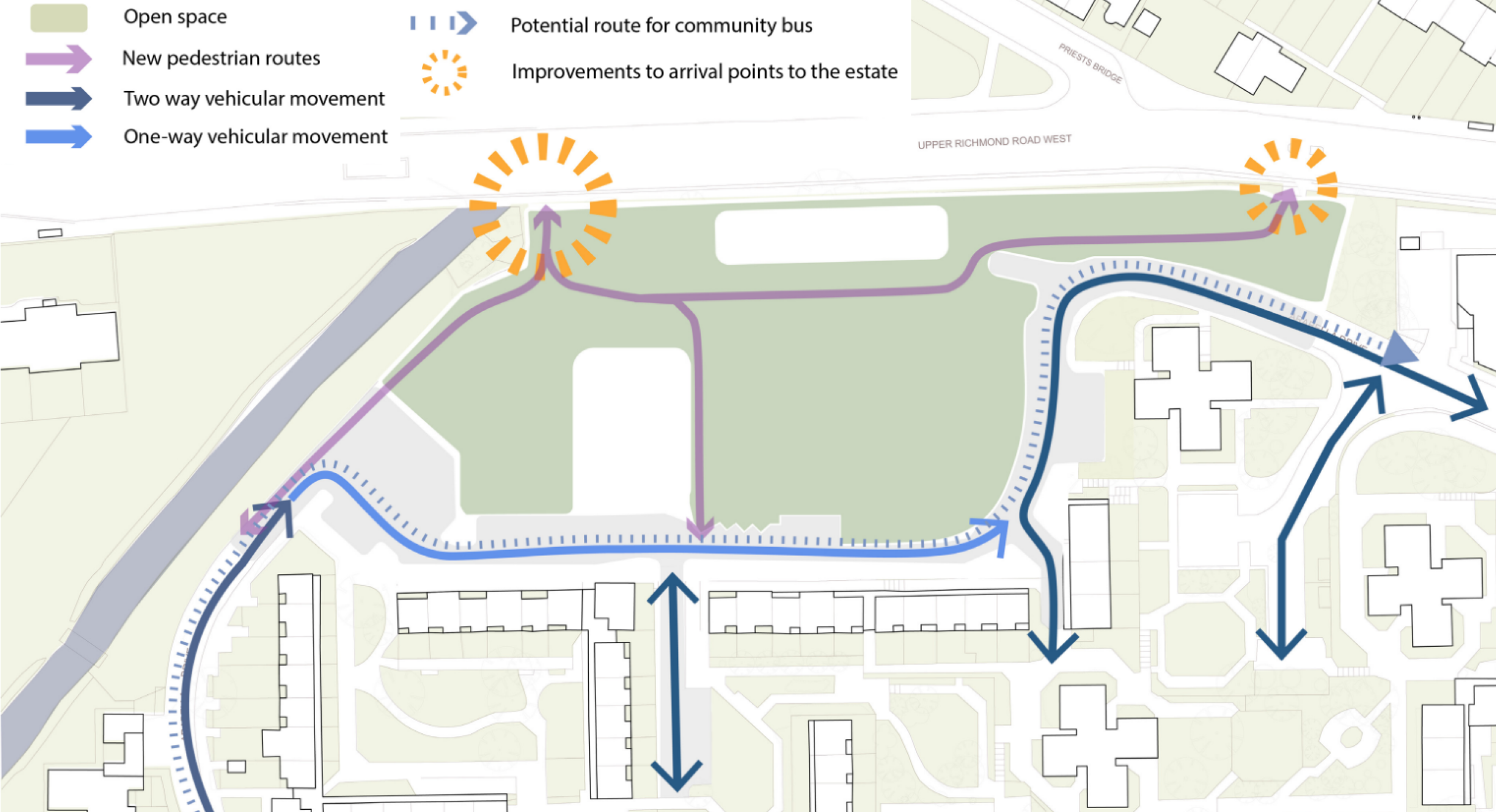
Key opportunities
- It is proposed that the northern section of Arabella Drive is closed to vehicles, and a new low-traffic one-way vehicular route could be introduced along Ludovick Walk. This would allow vehicles to access parking, and also allow emergency access to all properties.
- By closing part of Arabella Drive, not only will more space be created on the estate, but this will also make pedestrian movement safer and easier
- New pedestrian entrances to Upper Richmond Road will give a better sense of arrival to the estate.
- Routes across the new open space will make it easier to access nearby services and facilities.
- Clear pedestrian routes in front of new homes, alongside new lighting, will make it feel much safer to walk through the estate any time of day or night.
- There is an opportunity to re-route the 969 bus route, to still stop on the estate. We are aware the 969 operates only two days a week.
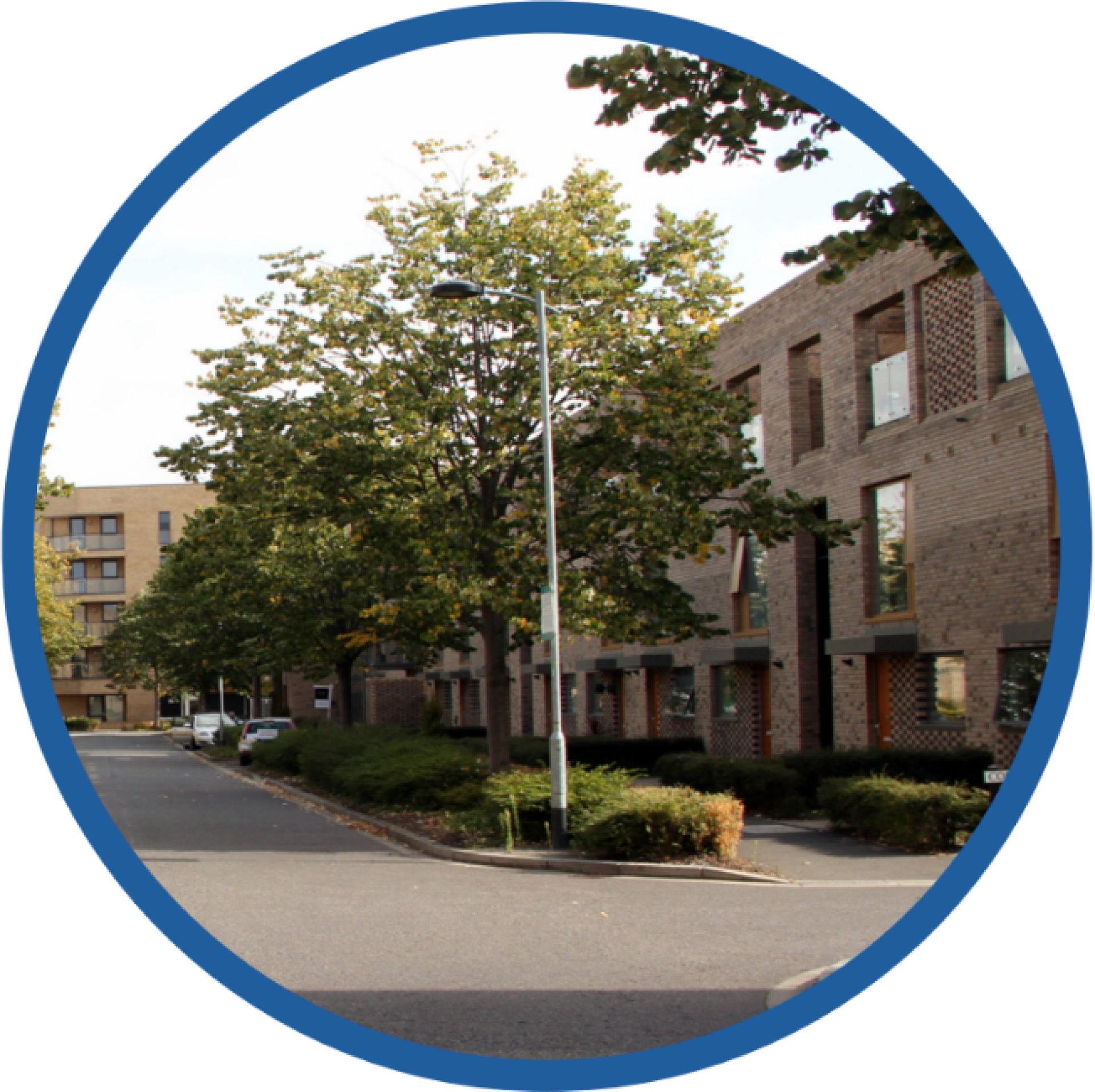
Ludovick Walk could become a low-traffic through route, with pedestrian priority crossings

Clear pedestrian and cycle routes, with new planting
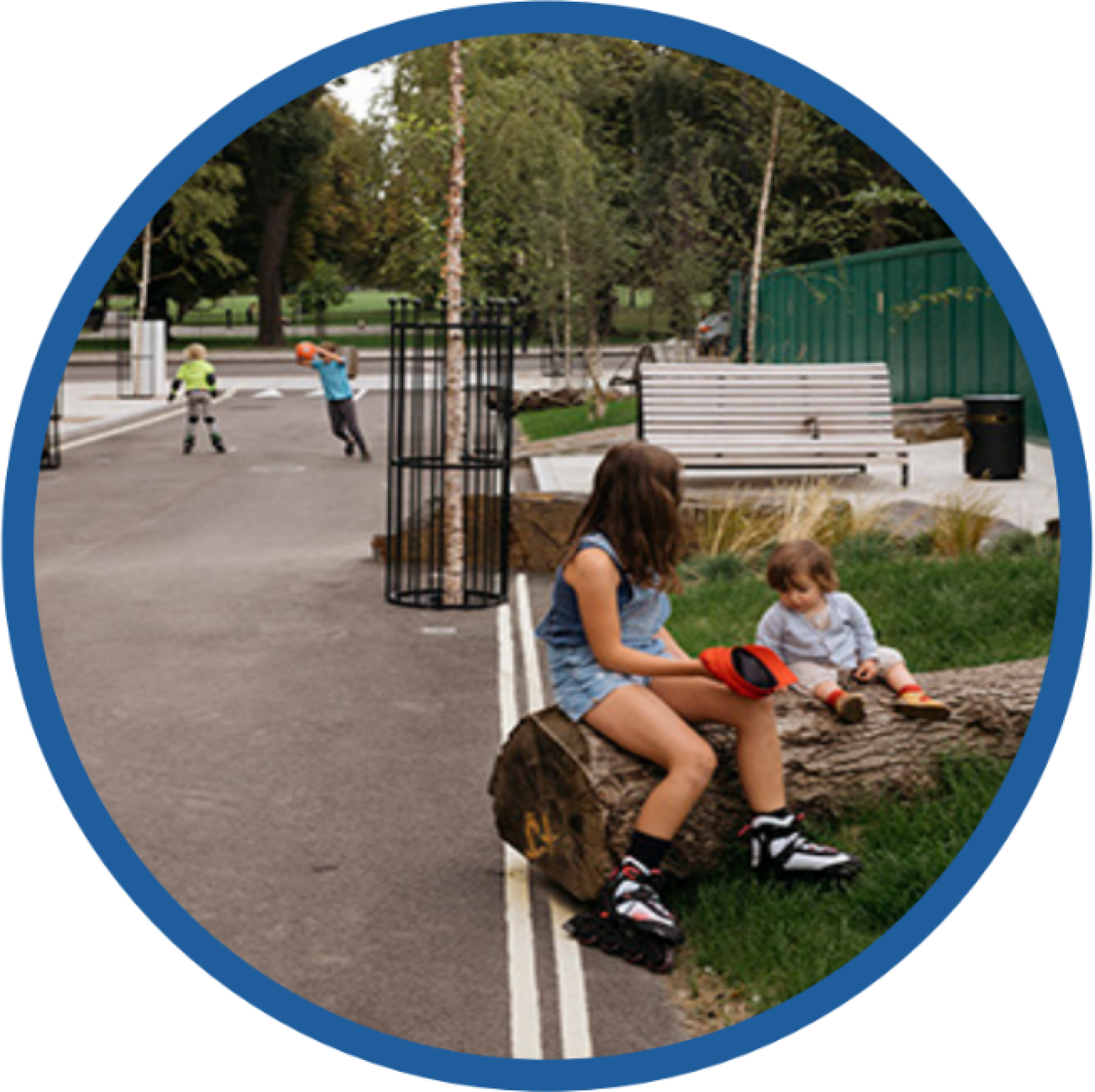
Opportunities for natural play in safe environments
Existing parking arrangements
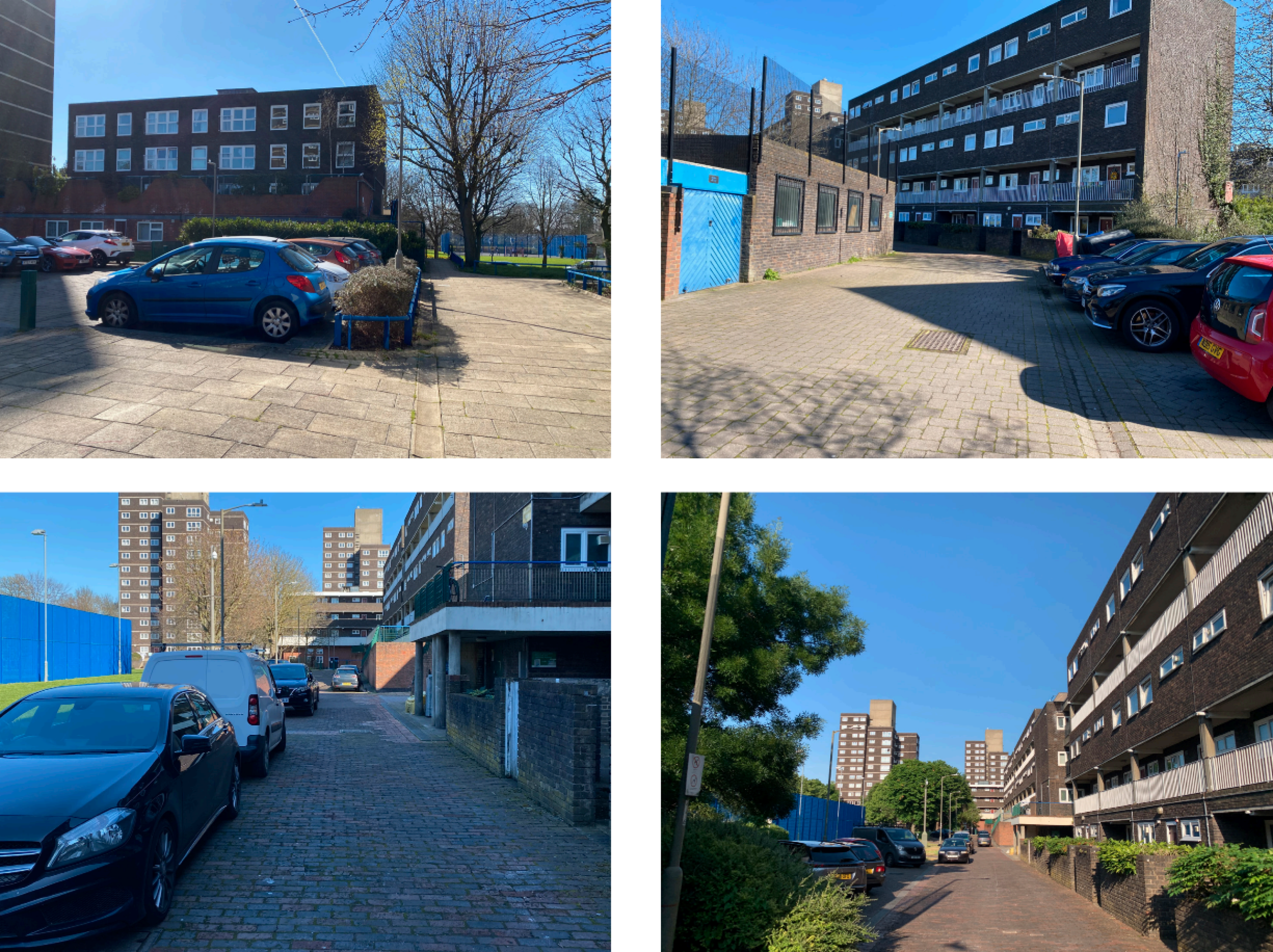
Parking is currently unrestricted on the estate, and there are some instances of anti-social parking where cars block garage entrances, and park on single or double yellow lines.
Proposed estate-wide parkings scheme
- We have undertaken several parking surveys to understand how people currently park on the estate.
- Results from the surveys indicate that it is likely that some people parking on the estate are not residents (such as people parking to use Barnes Station).
- To better manage parking, and to help combat anti-social parking, it is proposed to use a Parking Regulation Scheme (PRS) across the whole of the Lennox Estate. This will be a free residents’ parking scheme, not a Controlled Parking Zone (CPZ).
- The scheme would mean that only residents who live on the estate would be able to park here. Existing residents should find it easier to park on the estate in the long-term.
- All existing estate residents would receive a permit to park their vehicles at no cost, and visitor permits would also be available. This would include residents who transfer to any new homes from the existing estate, who would be able to retain a PRS permit. All future occupiers of the new development would not be able to apply for a parking permit on the Lennox Estate.
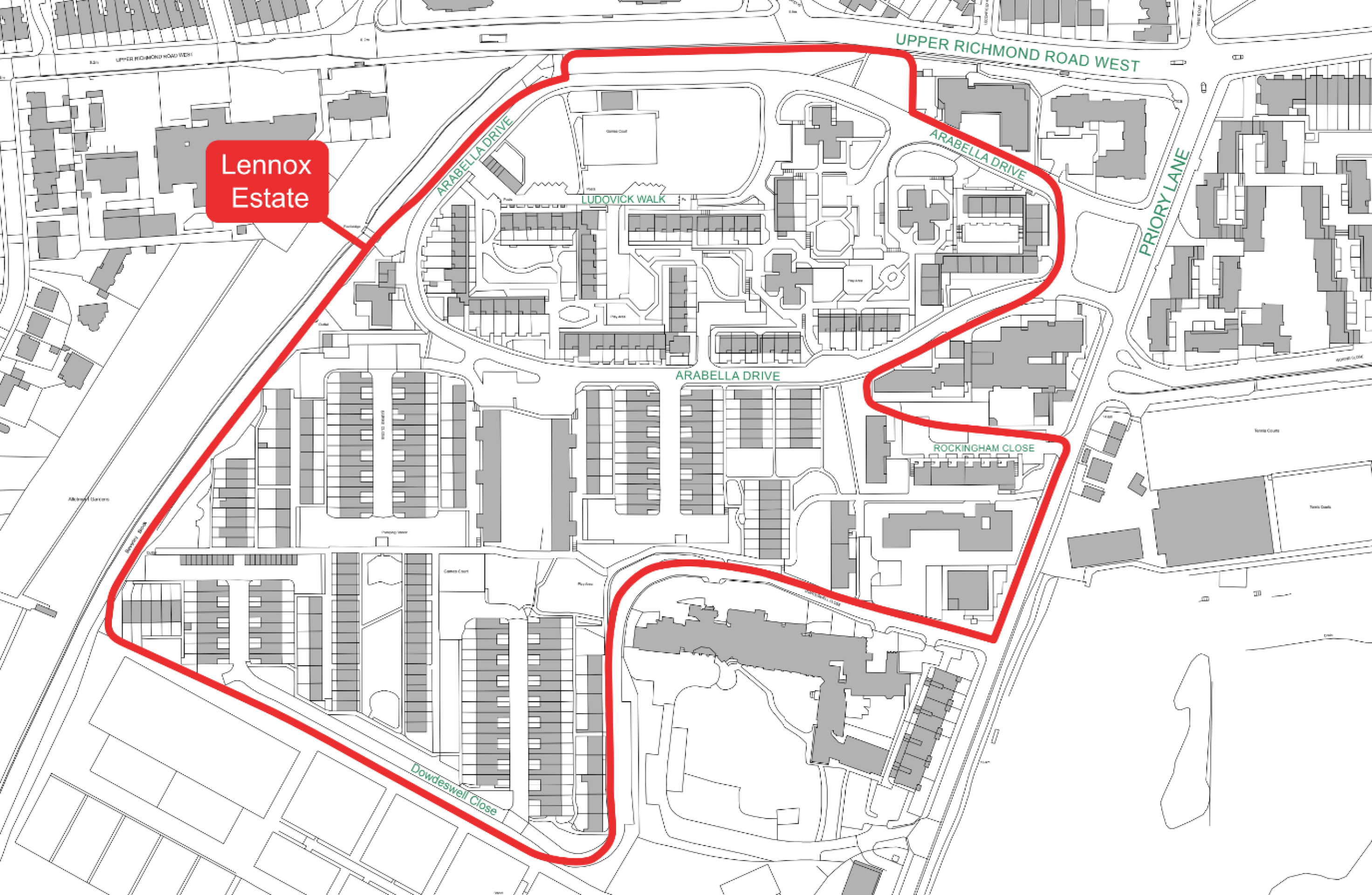
Emerging parking arrangements
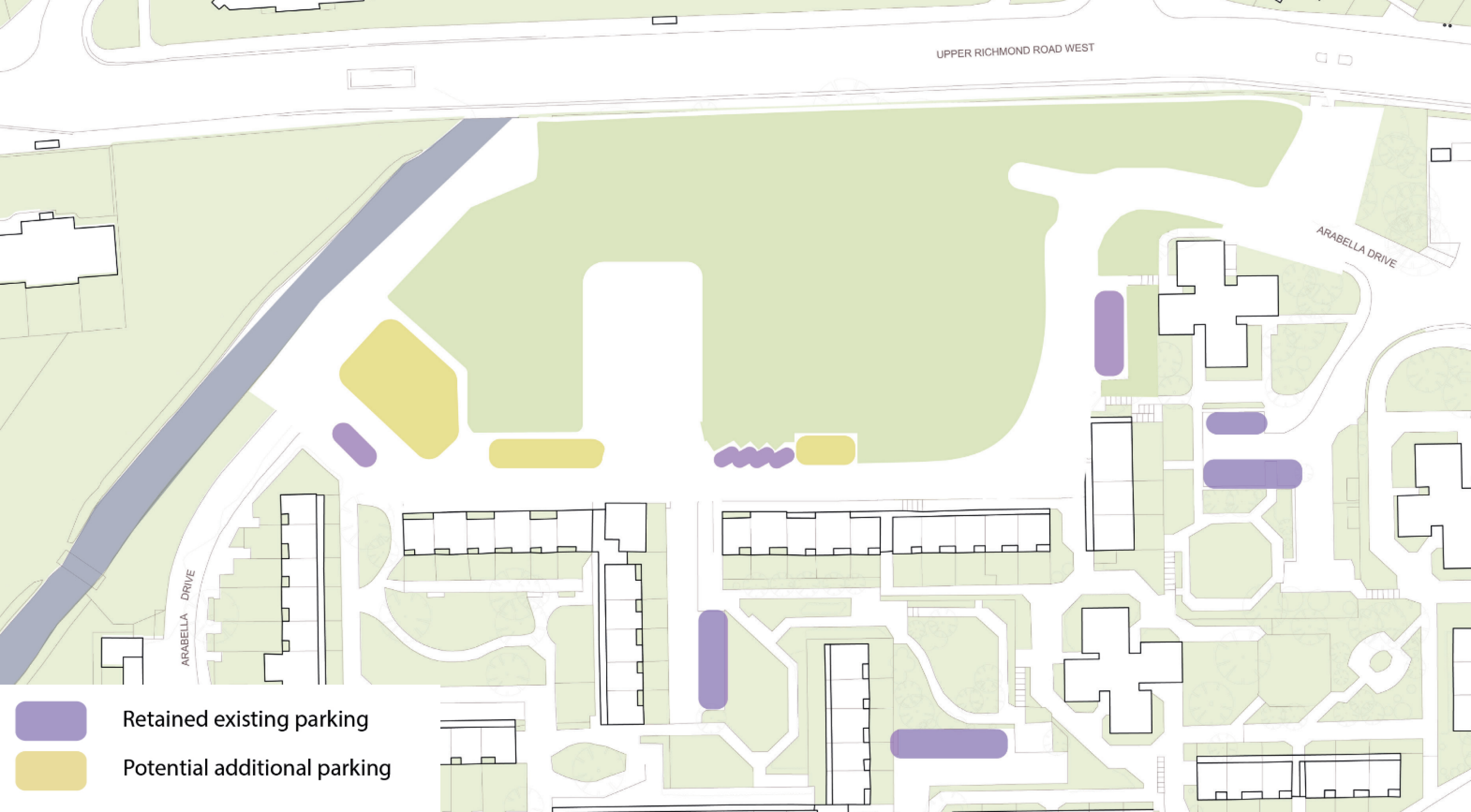
- The proposed development will be car-free. This means that new residents would not be able to apply for a parking permit to park within the estate. The exception to this is the provision of disabled parking spaces for new residents, and the re-provision of existing parking spaces.
- It is intended to provide one new car club space. This is a shared car that will be owned and operated by a provider, available for estate residents to use. It is intended to reduce demand for parking.
- The few new parking spaces will be designed to blend into the landscape design.
- New parking could be provided where the waste management depot currently exists. Discussions between the Council and the operators are currently ongoing to find an appropriate solution for the future of the depot.
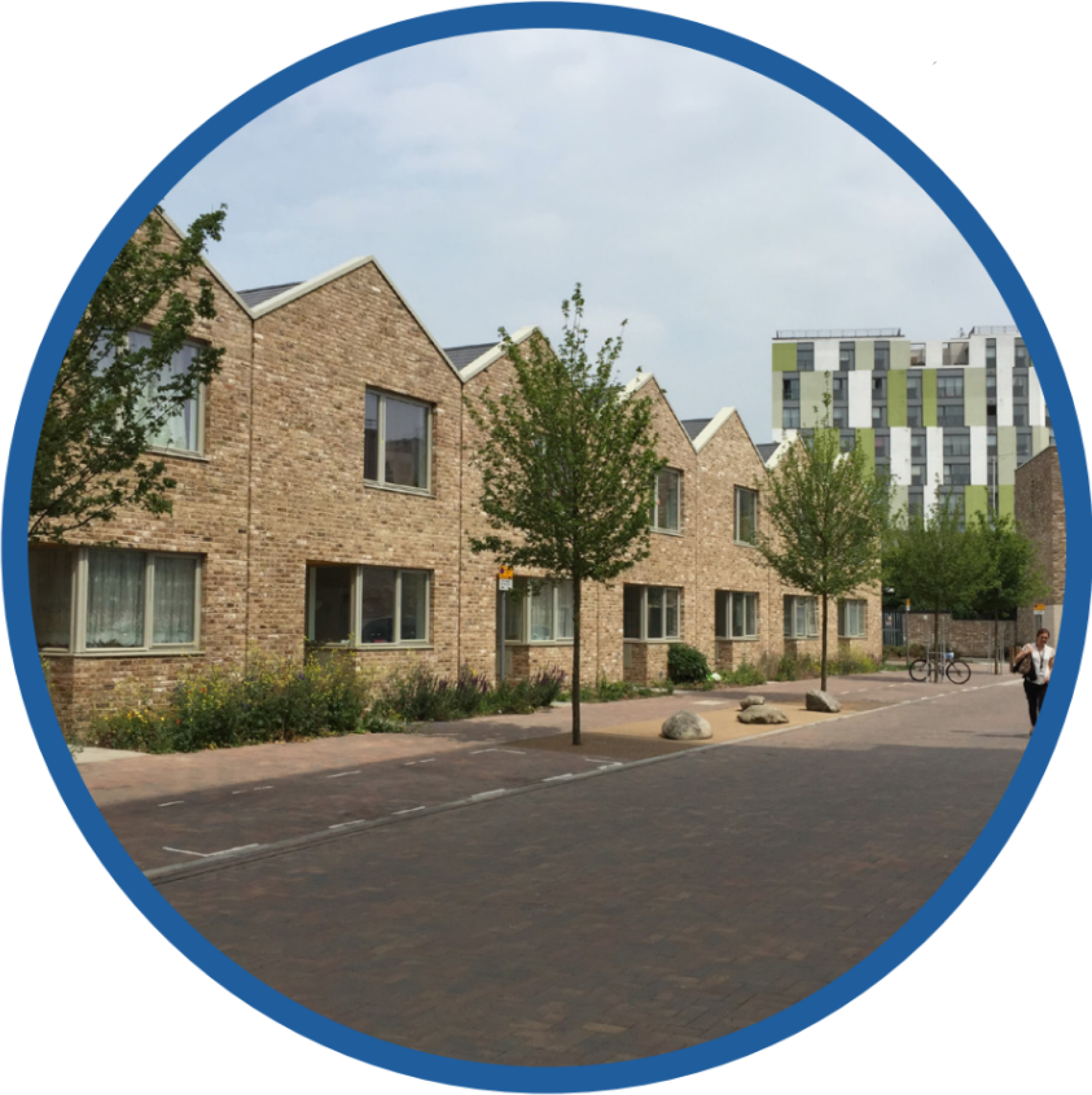
Examples of good parking design
